
 |
HASSAN FATHY |
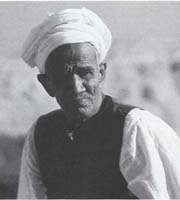 Alaa al-Din, Nubian Master Mason |
"The quality and values inherent to the traditional and
human response to the environment might be preserved without a loss of the
advances of science. |
| The Delivery | His
blending of intuitive musical skills, with his growing interest in the
mathematical relationships used in the Ancient Egypt canon of measurement
has been introduced in relation to several projects.
|
| While intellectually stimula-ted by the monumental achie-vements of the Pharaonic Peri-od, Fathy was more directly in-fluenced by the Vernacular Architectureof the NUBIANS, which opened up a whole new world of possibilities for him. | Gouaches of New Gourna and his use of ancient Egyptian artistic conventions: walls and gardens as well as walkways and pools are shown in PLAN and ELEVATION at the same time, just as the FIGURES and SCENES in wallpaintings at LUXOR and THEBES are shown both from the FRONT and SIDE to assist the viewer in a total UNDERSTANDING OF THE WORK. |
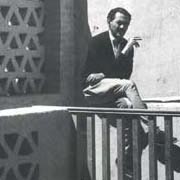 |
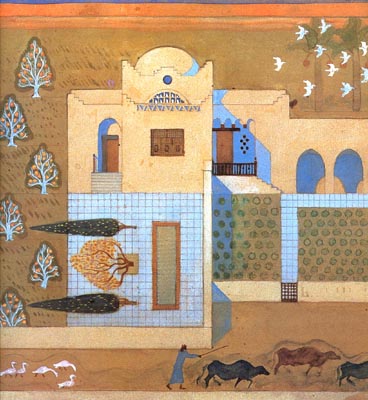 |
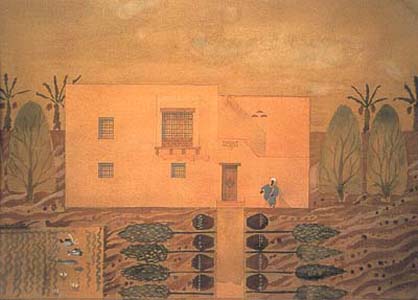 |
| Use of Aesthetics, Harmony and Proportion. As an accomplished violonist, Fathy was receptive to the compositional potential of musical harmonies in his work. Music helped to develop this ability within him, which carried over into his architecture - the sense of rhythm and pattern taht typifies the projects. |
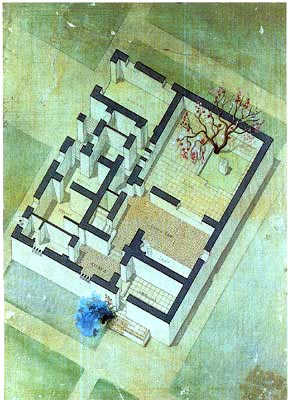 |
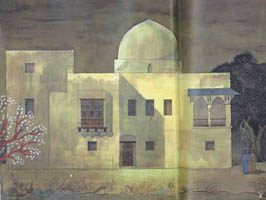 |
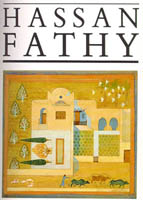
|
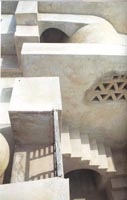 |
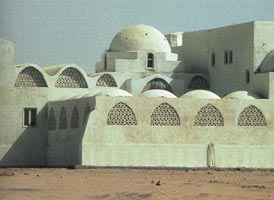
|
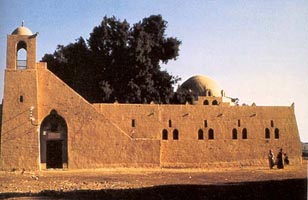 |
|
From the beginning to the end, Fathy uses natural ventilation, orientation and local materials, traditional construction methods and energy-conservation techniques. Fathy carried out detailed studies of temperature and wind patterns : air scoops to reach high up to catch the desert winds and to funnel them down through a series of any led baffles that increased the velocity of the air. |
| . |
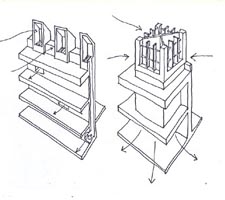
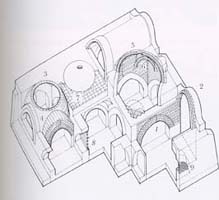 |
|
6
general principles as guidelines: 1. Belief in the primary of human values in architecture. 2. Importance of a universal rather than a limited approach. 3. Use of appropriate technology. 4. Need forsocially oriented, cooperative constructiontechniques. 5. Essential role of Tradition. 6. Re-establishment of national cultural pride through the act of building. |
| The Fathy School: ADAUA works in West-Africa: Ougadougou |
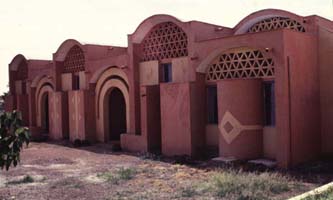 |
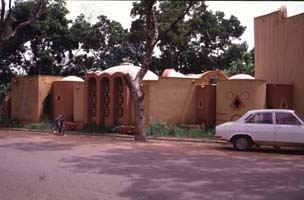 |
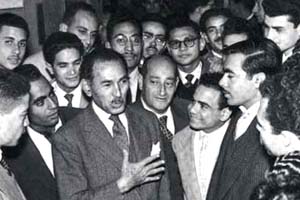
|
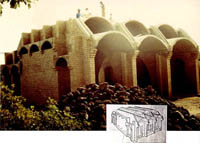
|
Prototype Implementation - Ouagadougou: Dirk Belmans + Edouard Din |
| Reference: | An
Architecture for People: The Complete Works of Hassan Fathy
by James Steele - Thames & HUdson (1997) - ISBN 0-8230-0226-8 |
| AFRICAN ARCH | Back to FRENCH VERSION | Books | Support | Site Map |